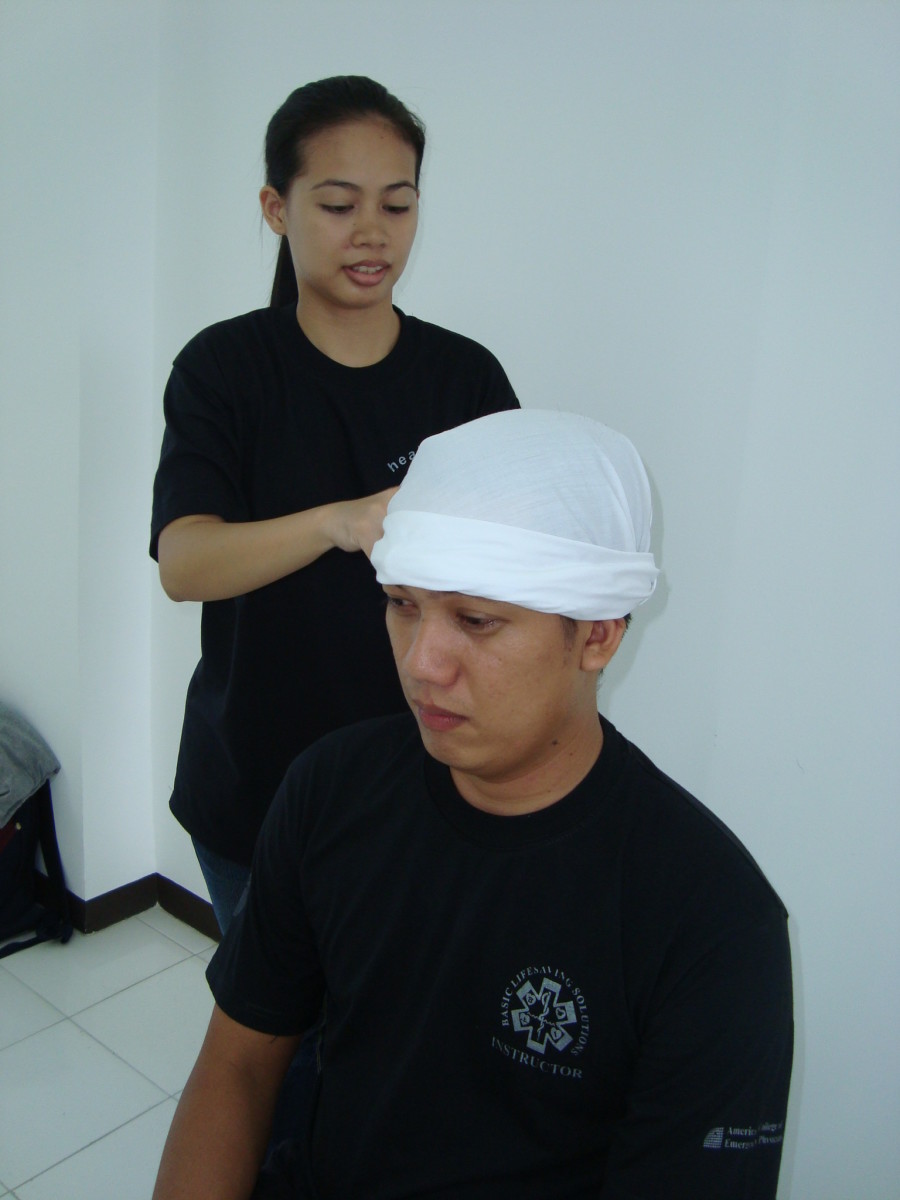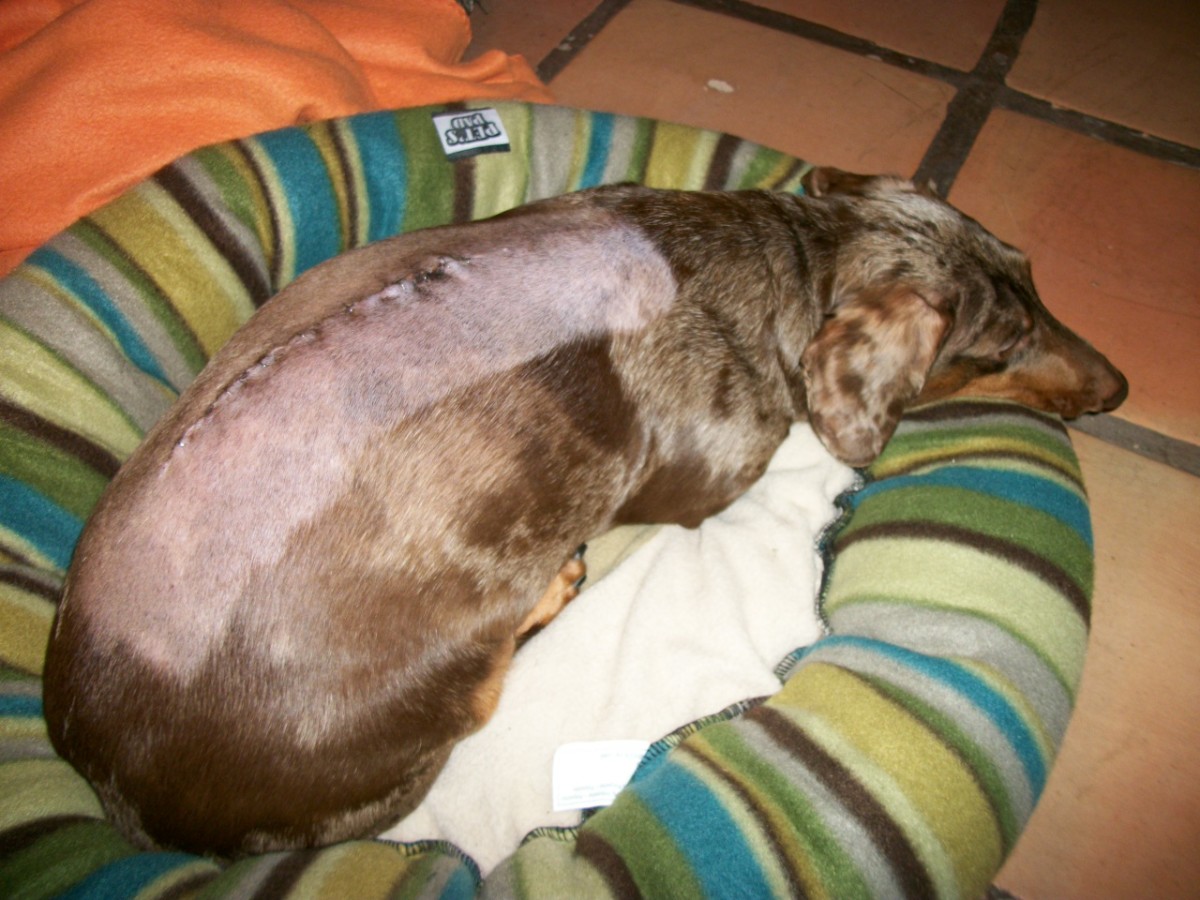Burn Injuries and How to Treat Them
People get burn injuries at some point or other in their lives. You can't avoid them, even though you try to. Burns may be minor or major, but most people just don't know what to do if they (or someone else) sustain a burn injury. Quite often, they just do what they instinctively feel and this is often influenced by old wives' tales. Consequently, you may end up aggravating your burn injury rather than lessen it. It is therefore important to arm yourself with knowledge that would help you if you (or someone around you ) were to ever sustain a burn. So, what is it that you should know as regards the proper approach to treating a burn injury? I'll come to that in a bit. First, you should know that burn injuries aren't always caused by fire, although that is the first thing that comes to our mind when we hear the word "burn." Burns can also be caused by chemicals and electricity, just to name a couple. Hence, while treating a burn injury, you should always be aware of what caused the burn in the first place, as you may have to approach each of these cases individually and not necessarily follow a set template.
Secondly, burns can be categorized into 3 categories. These being first-degree burns, second-degree burns and third-degree burns. Each of these requires a different treatment approach as the level of severity of the burn varies with each.
First-Degree Burns:
As the name would suggest, first-degree burns are the least serious of the three mentioned above. In first-degree burns, only the outermost layer of skin gets affected. This layer is also called the epidermis. First-degree burns can look red and inflamed and you would have some pain associated with it. First-degree burns don't exhibit any blister formation and typically heals within a week. First-degree burns can generally be managed by you at home and does not require a visit to the hospital.
Second-Degree Burns:
This type of burn is a bit more serious, as a deeper layer of skin (the hypodermis) gets burned in addition to the epidermis. This burn can present itself as a markedly red spot with usually associated blisters. The pain you would experience from this type of burn is severe and there would be associated swelling along with it. Second-degree burns can take anywhere from a week to three weeks to heal. There might also be associated scarring with this type of burn. This type of burn may require a visit to the hospital, especially if the areas involved are the face, groin, extremities and if the burn injury area is quite vast .
Third-Degree Burns:
This is the most severe type of burn that can be sustained, as it involves all the layers of the skin and probably can involve even other components below your skin such as nerves, etc. Third-degree burns are deep burns and destroy hair follicles and sweat glands. Third-degree burn victims can experience severe pain; however, if the damage has been so severe as to damage underlying nerves, victims may feel hardly any pain or perhaps even no pain at all. Third-degree burns cannot be treated at home and requires emergent admission to your local emergency room.
Now, that we have understood the various types of burns, let us proceed further to understand what measures can be taken to treat burns.
How To Treat a Minor Burn Injury:
If you have sustained a minor burn injury, the best thing you can do is to hold the affected part under running water (cold). You should do so for at least a minimum of 10-15 minutes. Alternatively, you can also soak the affected part in cold water, in case you don't have access to a running stream of water. Cold water compresses is another alternative. I've known of people who use ice directly on a burn in the mistaken belief that doing so would alleviate the pain and prevent the burn injury from worsening. If only they were right, but they are not!! Ice can in fact make things worse, as it tends to stick to the affected area and could cause frostbite, thereby worsening things further.
Once the burn has been cooled with running water or cold compresses, dry the area carefully and gently with a towel and wrap it with a sterile, dry cloth.
You can use Aloe Vera or a burn ointment to the affected area to soothe it.
If there is significant pain, analgesic (pain relieving) drugs can be given such as over-the-counter acetaminophen (Tylenol) or ibuprofen.
Do not apply substances such as oils or butter. These can trap heat and cause more injury.
How To Treat a Major Burn Injury:
If the burn injury is major, seek prompt medical care. Do ensure that you do not remove any clothing that has stuck or adhered to the victim.
Remove any watches, bracelets, rings if those body parts are affected. These areas, if burnt, are likely to swell up and hence you should be removing these items as soon as possible before that happens.
Do not use cold water to treat third-degree burns. Doing so might aggravate the state of shock of the victim.
Cover the burnt area in a clean, sterile, dry cloth or bandage and transfer the victim to the hospital. If the area of burn is large, you can use a clean cotton bed sheet.
© 2009 Shil1978




